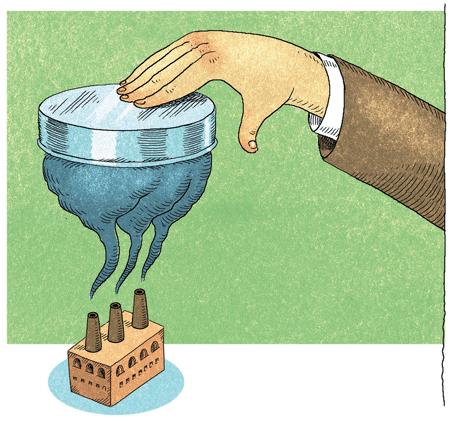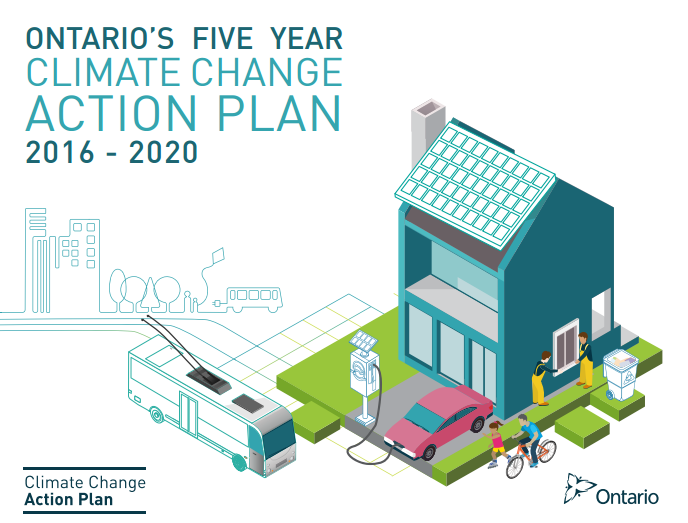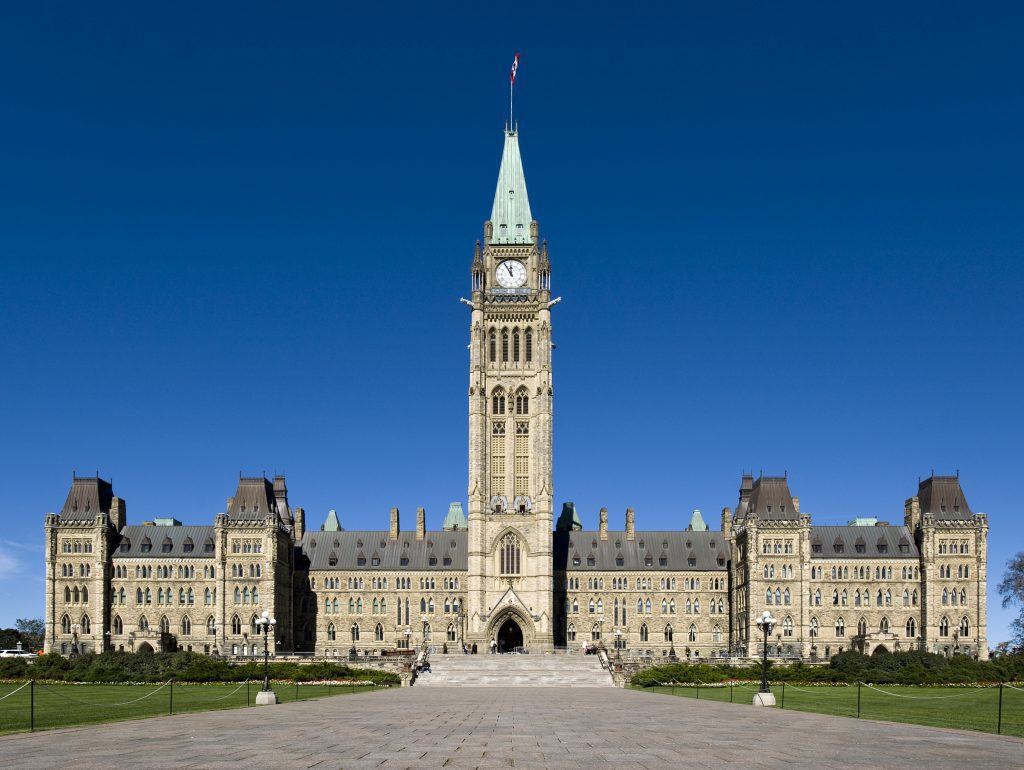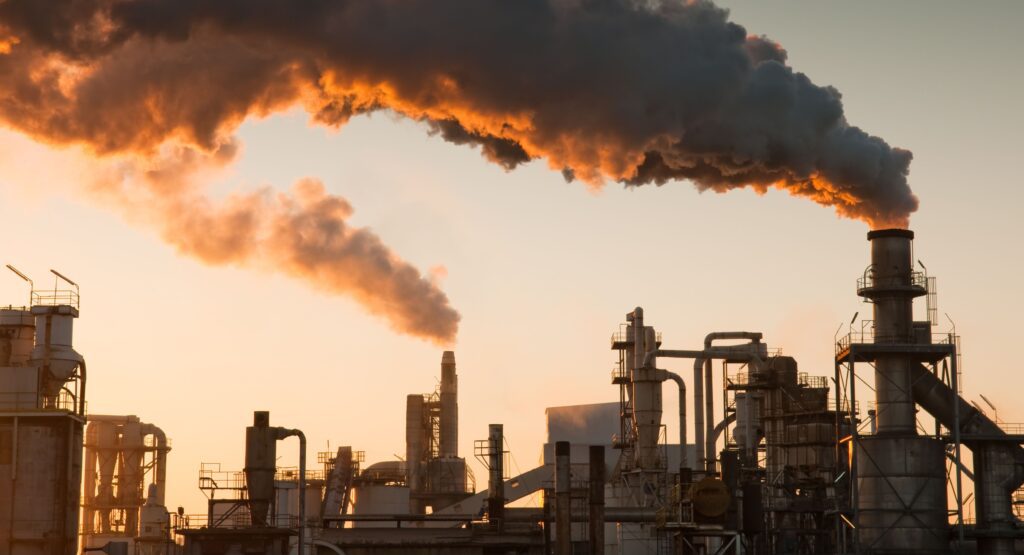The results of Ontario’s first cap-and-trade auction are in. And they’re good!


Ontario sold 100 per cent of the 2017 permits it was offering at the auction, and raised over $470 million for climate action!
Under cap and trade, the government creates permits for each tonne of carbon pollution allowed under the cap. The government gives some of these permits to companies, and it auctions the rest.
Today we found out that 100 per cent of the 2017 permits available at the auction held on March 22, 2017 were sold, and there were a number of bids well above the minimum “floor price.” This means that there was strong interest in Ontario’s carbon market from businesses. Now the province can get moving on home energy retrofits, a $225 million cycling strategy, the electrification of the GO Rail network, and the many other initiatives in the Ontario’s Climate Change Action Plan.
Waiting for the auction results was a bit of a nail biter. Recent auctions in California and Quebec’s joint carbon market have been difficult to predict. In the last auction, only 18 per cent of permits sold. In the one before that, 88 per cent sold.
Analysts predicted that Ontario’s auction would go well, but there was also some fear that the issues that have dogged California’s market – a legal challenge to cap-and-trade and uncertainty that cap-and-trade will continue post 2020 in California – could have an impact here as well. There was also the possibility that some companies would wait this auction out, given that they have four years and many other auctions where they will be able to get the permits they need under the current compliance period.
Ultimately, the success of cap-and-trade isn’t measured by the success of the auctions. Success has to be measured based on whether carbon emissions are declining. In California and Quebec where cap-and-trade has been in place for the past four years, emissions are declining, which means that the policy is working. The same goes for the E.U., incidentally. Carbon prices in Europe are low and the auctions are lack lustre, but emissions are falling and staying below the cap. From a climate perspective, low-prices aren’t really an issue.
In fact, analysis done for the province of Ontario showed that a linked cap-and-trade market, where Ontario teams up with California and Quebec – which is the plan for 2018 – is the lowest cost way to reduce emissions and hit Ontario’s climate targets, which have been enshrined in law about a year ago.
It’s this same law that cap-and-trade was created under, and that required Ontario to draft its Climate Change Action Plan. The law also created the Greenhouse Gas Reduction Account, which is where the proceeds from the auction must go. By law, Ontario has to reinvest the money from this auction back into further cutting emissions.


A total of 25,296,367 current (2017) allowances were sold at a price of $18.08 and a total of 812,000 future (2020) greenhouse gas emissions allowances were sold at a settlement price of $18.07. The auction generated $472,031,155 in proceeds. That’s almost $500 million that will be put toward climate action. Now it’s time to get all those programs in the Climate Change Action Plan rolling.
It’s also time to celebrate – not only the auction, but the next step toward a low-carbon future. Ontario now has a limit on emissions, solid climate targets and a robust mechanism to drive at those targets, and a funded action plan that will help businesses and citizens get involved in the global effort to fight climate change. That’s great news!







